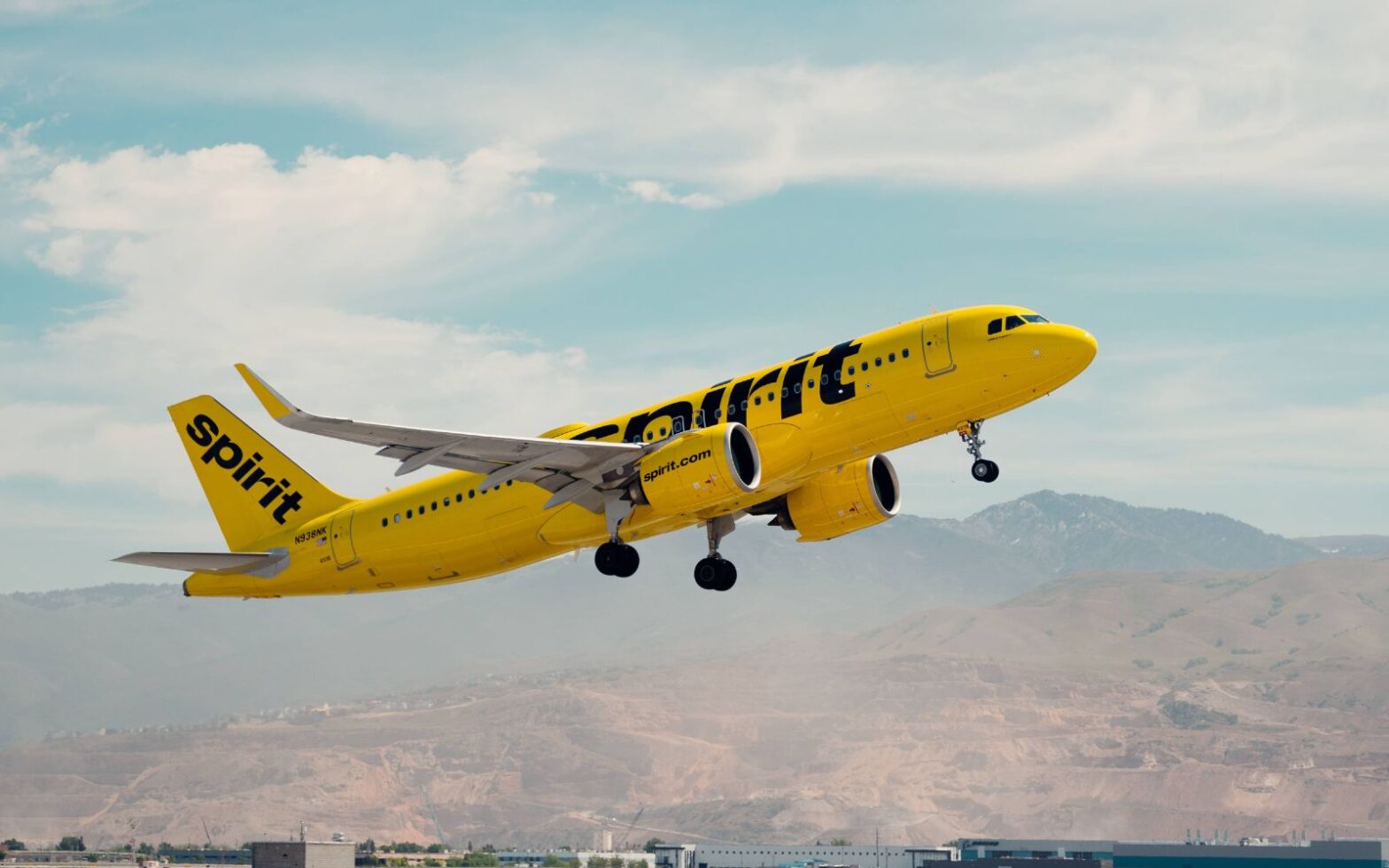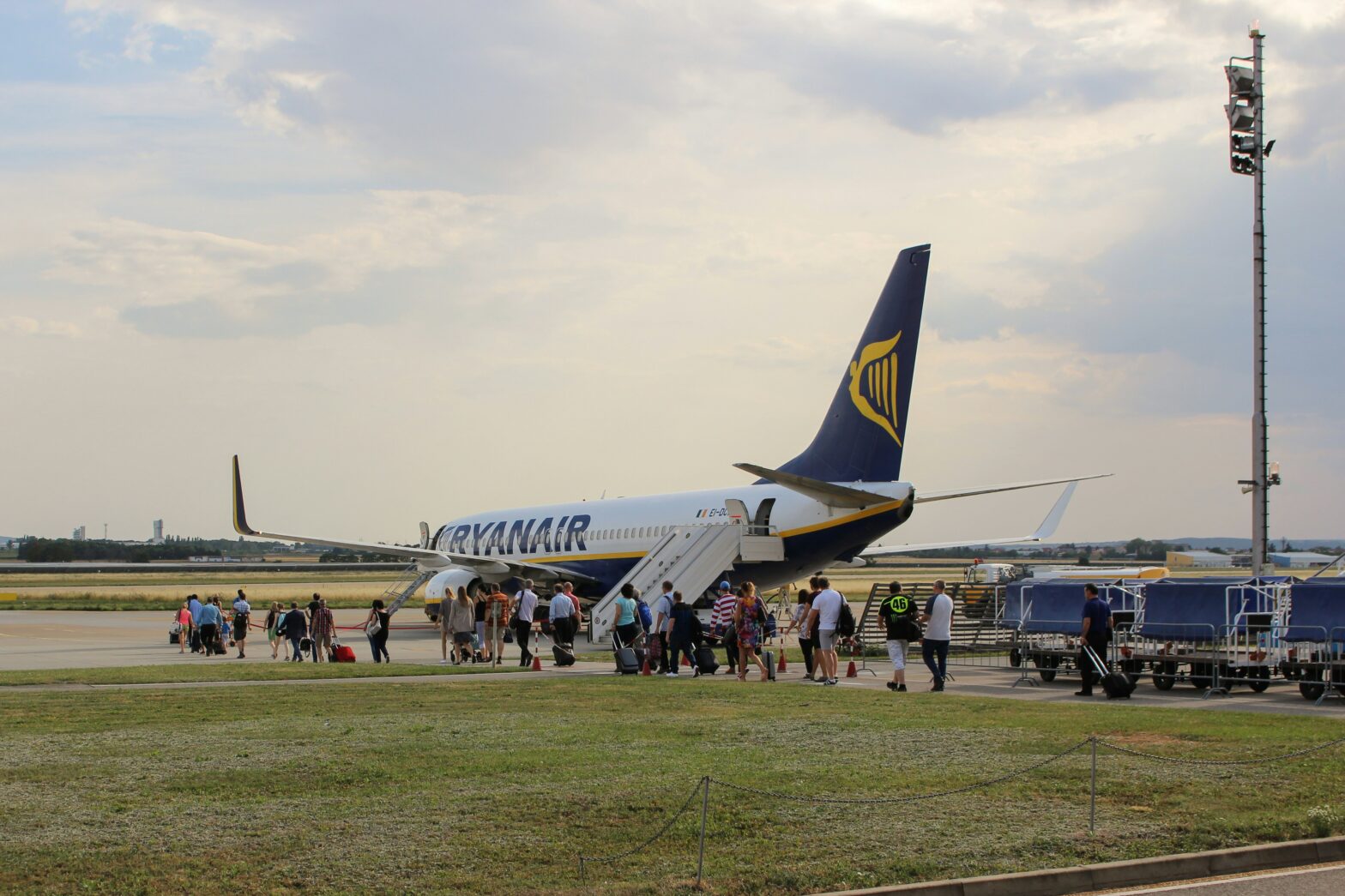Safety is of paramount consideration when choosing an airline for your travel plans. From American Airlines to United, there are a variety of airline choices that rank from the best to the “needs improvement.” One airline in particular that’s been a continuous topic of discussion regarding safety, however, is Spirit Airlines. With that said, is Spirit Airlines safe to fly?
Known to offer extremely affordable flights, Spirit Airlines ranks as one of the first choices for people to fly as flight prices with other airlines have continued to increase over time. And though Spirit Airlines has a lot of mixed reviews regarding safety, it’s actually quite safe to fly, ranking among the top 25 safest airlines in the United States. In fact, recent data from the Jet Airliner Crash Data Evaluation Centre (JACDEC) indicates that Spirit Airlines ranks among the top 25 safest airlines globally. Moreover, it’s worth noting that Spirit Airlines operates one of the youngest and most fuel-efficient Airbus fleets in the United States, with an average aircraft age of slightly over six years.
So, if you’re wondering whether or not flying with Spirit Airlines is safe, we’ve researched all of their safety measures, maintenance procedures and more so you don’t have to.
Spirit Airlines’ Safety Measures
Compliance with Federal Regulations
Spirit Airlines, like all commercial carriers in the United States, operates under stringent regulations and oversight by the Federal Aviation Administration (FAA). The FAA sets rigorous safety standards that encompass maintenance, training, and operational procedures that all airlines are obliged to follow. In recent years, these extra regulations have made Spirit Airlines safer than ever to fly.
Fleet and Modernization
Spirit Airlines maintains a fleet of relatively new Airbus A320 family aircraft. More recent aircraft often incorporate advanced safety features and experience less wear and tear. The airline is dedicated to the modernization of its fleet, contributing to safer and more efficient flights.
Additionally, it’s worth highlighting that the fleet comprises some of the most recently manufactured and fuel-efficient Airbus aircraft in the United States. The average age of these Airbus planes is slightly over six years, and the Airbus is globally renowned for its commitment to safety.
Spirit Airlines operates four primary aircraft types:
- Airbus A319 (319)
- Airbus A320 (32A/32N)
- Airbus A321 (32B)
- Airbus A320 (320)
Reputation
While no airline is completely immune to incidents or mishaps, it is vital to consider the overall safety reputation of an airline. Spirit Airlines has encountered incidents in the past, but it’s important to put these occurrences in perspective. The airline industry is one of the safest modes of transportation, and even minor incidents are thoroughly investigated and analyzed to prevent their recurrence.
In recent years, Spirit Airlines has made substantial progress in enhancing its safety record and customer service. The airline’s commitment to continuous safety improvements and industry-leading practices has resulted in improved performance.
Pros of Flying Spirit Airlines
Affordable Fares: Spirit Airlines is known for offering some of the lowest airfares in the industry. If you’re on a tight budget, their pricing can be very attractive.
Frequent Deals and Discounts: The airline frequently offers deals and discounts, making it possible to find even cheaper fares if you’re flexible with your travel dates and destinations.
Ultra-Low-Cost Model: Spirit’s “à la carte” pricing allows passengers to pay only for the services and amenities they need. This can be a pro if you want to save on unnecessary fees.
Young Fleet: Spirit operates one of the youngest and most fuel-efficient fleets in the United States, which can contribute to a more environmentally friendly and efficient travel experience.
Network Expansion: Spirit Airlines has been steadily expanding its route network, providing travelers with more options and access to various destinations.
Cons of Flying Spirit Airlines
Additional Fees: While the base fare may be low, Spirit Airlines charges for many extras, including carry-on bags, checked luggage, seat selection, and even water on the plane. These fees can add up quickly.
Limited Amenities: Spirit offers minimal in-flight amenities and passengers need to purchase snacks and drinks on board.
Uncomfortable Seating: The airline is often criticized for its narrow seats with limited legroom. If you’re tall or value comfort, you might find the seating less than ideal.
On-Time Performance: Spirit Airlines has faced challenges with on-time performance in the past. Delays can be frustrating for travelers, especially when connecting flights are involved.
Customer Service: Some passengers have reported issues with customer service, including long wait times and difficulties in resolving problems.
All in all, Spirit Airlines can be a cost-effective option for travelers who prioritize affordability and are willing to forgo certain amenities. However, it’s essential to be aware of safety measures before flying the airline. Whether or not Spirit Airlines is the right choice for you depends entirely on your personal preferences and priorities when traveling.





